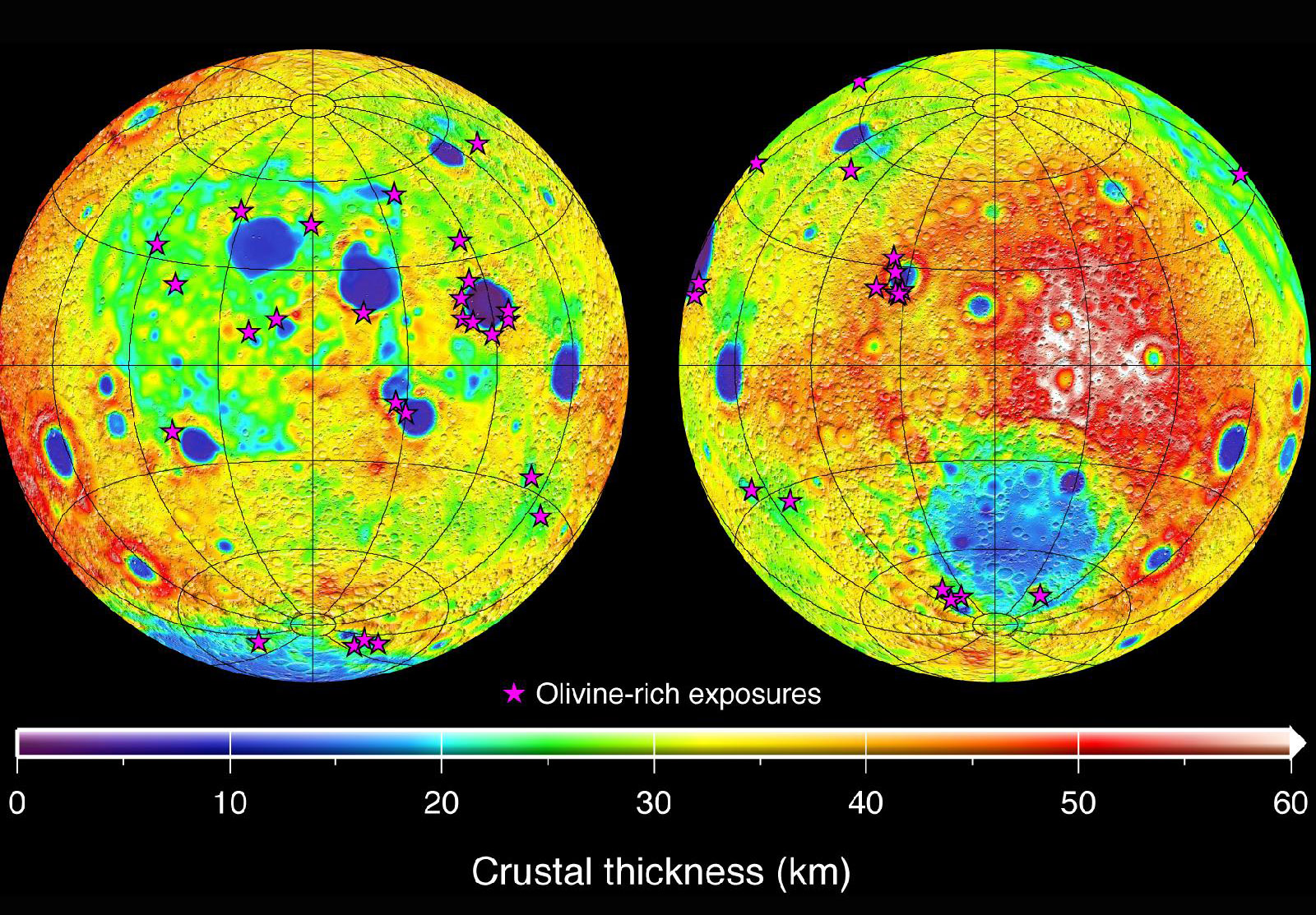Difference between revisions of "December 6, 2012"
| Line 3: | Line 3: | ||
<!-- ws:start:WikiTextHeadingRule:0:<h1> --> | <!-- ws:start:WikiTextHeadingRule:0:<h1> --> | ||
<!-- ws:start:WikiTextLocalImageRule:6:<img src="/file/view/LPOD-Dec6-12.jpg/389629878/LPOD-Dec6-12.jpg" alt="" title="" /> -->[[File:LPOD-Dec6-12.jpg|LPOD-Dec6-12.jpg]]<!-- ws:end:WikiTextLocalImageRule:6 --><br /> | <!-- ws:start:WikiTextLocalImageRule:6:<img src="/file/view/LPOD-Dec6-12.jpg/389629878/LPOD-Dec6-12.jpg" alt="" title="" /> -->[[File:LPOD-Dec6-12.jpg|LPOD-Dec6-12.jpg]]<!-- ws:end:WikiTextLocalImageRule:6 --><br /> | ||
| − | <em>image by [http://www.nasa.gov/mission_pages/grail/multimedia/pia16589.html | + | <em>image by [http://www.nasa.gov/mission_pages/grail/multimedia/pia16589.html NASA/JPL-Caltech/IPGP]</em><br /> |
<br /> | <br /> | ||
| − | A windfall of first [http://www.nasa.gov/mission_pages/grail/news/grail20121205.html | + | A windfall of first [http://www.nasa.gov/mission_pages/grail/news/grail20121205.html results] was presented yesterday by Maria Zuber and team members of the Grail spacecraft currently orbiting the Moon. Grail's tandem spacecraft, Ebb<br /> |
and Flow, yield the most precise measurements ever made of lunar gravity. Combining the new gravity data with the unexcelled topography from LRO allows the calculation<br /> | and Flow, yield the most precise measurements ever made of lunar gravity. Combining the new gravity data with the unexcelled topography from LRO allows the calculation<br /> | ||
of crustal thickness, as shown in this map by Wieczorek and other Grail scientists. Red marks the thickest crust, up to about 60 km, and dark blue to purple is thinnest.<br /> | of crustal thickness, as shown in this map by Wieczorek and other Grail scientists. Red marks the thickest crust, up to about 60 km, and dark blue to purple is thinnest.<br /> | ||
Remarkably, the crust in parts of Mare Crisium and Mare Moscoviense is only 1 km thick or less. On Earth the thinnest crust under ocean floors is about 10 km thick and<br /> | Remarkably, the crust in parts of Mare Crisium and Mare Moscoviense is only 1 km thick or less. On Earth the thinnest crust under ocean floors is about 10 km thick and<br /> | ||
| − | attempts to drill through it to reach the [http://www.nas.edu/history/mohole/ | + | attempts to drill through it to reach the [http://www.nas.edu/history/mohole/ Moho], the crust-mantle boundary, failed. In Crisium, a crater 5 km wide could penetrate the crust and reach the lunar mantle; such <br /> |
a crater would be an important sample return target. The average lunar crustal thickness is found to be about 34 km, with the thickest being about 60 km in the farside high-<br /> | a crater would be an important sample return target. The average lunar crustal thickness is found to be about 34 km, with the thickest being about 60 km in the farside high-<br /> | ||
lands, of course some of that is due to piles of ejecta from the South Pole-Aitken basin. The purple stars represent areas that data from the Japanese Kaguya spacecraft <br /> | lands, of course some of that is due to piles of ejecta from the South Pole-Aitken basin. The purple stars represent areas that data from the Japanese Kaguya spacecraft <br /> | ||
| Line 16: | Line 16: | ||
of their very shallow crusts, but of course the basin-forming impact is why the crust is thin.<br /> | of their very shallow crusts, but of course the basin-forming impact is why the crust is thin.<br /> | ||
<br /> | <br /> | ||
| − | <em>[mailto:tychocrater@yahoo.com | + | <em>[mailto:tychocrater@yahoo.com Chuck Wood]</em><br /> |
<br /> | <br /> | ||
<strong>Related Links</strong><br /> | <strong>Related Links</strong><br /> | ||
| − | More than a dozen different maps are shown in the Grail [http://www.nasa.gov/mission_pages/grail/multimedia/gallery/gallery-index.html | + | More than a dozen different maps are shown in the Grail [http://www.nasa.gov/mission_pages/grail/multimedia/gallery/gallery-index.html image gallery].<br /> |
| − | The Moho [http://www.youtube.com/watch?v=X0eEQ4nzfXk | + | The Moho [http://www.youtube.com/watch?v=X0eEQ4nzfXk Song]<br /> |
<br /> | <br /> | ||
<hr /> | <hr /> | ||
Revision as of 17:57, 11 January 2015
Purple Holes And Red Peaks

image by NASA/JPL-Caltech/IPGP
A windfall of first results was presented yesterday by Maria Zuber and team members of the Grail spacecraft currently orbiting the Moon. Grail's tandem spacecraft, Ebb
and Flow, yield the most precise measurements ever made of lunar gravity. Combining the new gravity data with the unexcelled topography from LRO allows the calculation
of crustal thickness, as shown in this map by Wieczorek and other Grail scientists. Red marks the thickest crust, up to about 60 km, and dark blue to purple is thinnest.
Remarkably, the crust in parts of Mare Crisium and Mare Moscoviense is only 1 km thick or less. On Earth the thinnest crust under ocean floors is about 10 km thick and
attempts to drill through it to reach the Moho, the crust-mantle boundary, failed. In Crisium, a crater 5 km wide could penetrate the crust and reach the lunar mantle; such
a crater would be an important sample return target. The average lunar crustal thickness is found to be about 34 km, with the thickest being about 60 km in the farside high-
lands, of course some of that is due to piles of ejecta from the South Pole-Aitken basin. The purple stars represent areas that data from the Japanese Kaguya spacecraft
indicated to be olivine-rich. Olivine is a mineral that is thought to be associated with the mantle, and the distribution of rare olivine around basins is consistent with their
excavation of mantle material (which otherwise is not indicated by geochemistry). The excess of olivine around Crisium and Moscoviense is said to be expected because
of their very shallow crusts, but of course the basin-forming impact is why the crust is thin.
Chuck Wood
Related Links
More than a dozen different maps are shown in the Grail image gallery.
The Moho Song



